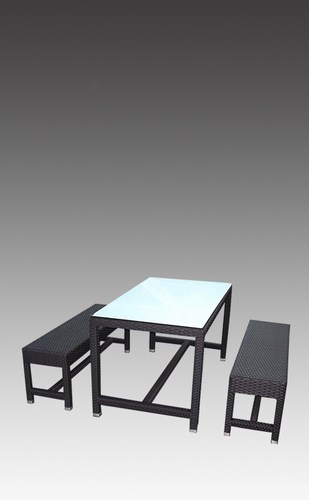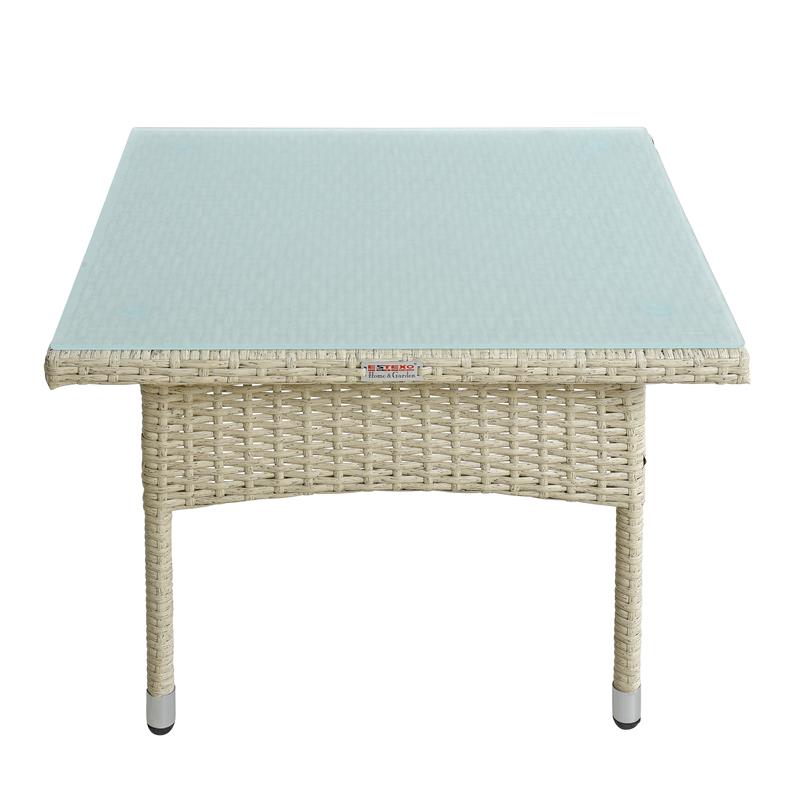
Rattani.de - Rattantisch , Rattan Couchtisch , Rattan Beistelltisch inkl. Glasplatte Gr. D 50 cm H 55 cm

Casa Moro Beistelltisch Rattan Beistelltisch Anisa rund Sanduhr Form Rattantisch (Kunsthandwerk), aus Natur-Rattan handgefertig

Rattantisch+%22koboo+Grey%22+Tisch+Gartenm%C3%B6bel+Beistelltisch+Couchtisch+Rattan online kaufen | eBay

animal-design Beistelltisch VICTORIA (60017.100) Couchtisch Nachttisch Wohnzimmertisch Rattan Tisch natur | animal-design

korb.outlet Rattan-Tisch/Beistelltisch Rund/Couchtisch Rattantisch Ablage (Oval - Grau Natur) : Amazon.de: Küche, Haushalt & Wohnen

Beistelltisch HWC-M31, Blumentisch Rattantisch Kaffeetisch, rund 43x38x38cm, Kubu-Rattan natur von Heute-Wohnen

Outsunny Rattantisch Gartentisch Terrassentisch Kaffeetisch mit Schirmloch Perfekt für Garten Balkon Terrasse 55,5 x 55,5 x 46 cm Braun| Aosom.de

STÜHLE / BARHOCKER: Rattantisch 140 cm x 0,75 cm mit Glasplatte und 2 Bänken - KEITUM - - Stil Mietmöbel, Geschirr- und Zeltverleih

Rattani.de - Rattantisch , Rattan Couchtisch , Rattan Beistelltisch inkl. Glasplatte Gr. D 50 cm H 55 cm

COSTWAY Rattantisch klappbar, Beistelltisch Polyrattan Gartentisch, Bistrotisch Kaffeetisch 60x40x40 cm, Balkontisch Teetisch Betttisch für Garten Wohnzimmmer Balkon, Braun (Mit PVC-Platte) : Amazon.de: Garten


,%20toast%20braun,%20Klarglas.jpg)












